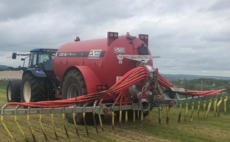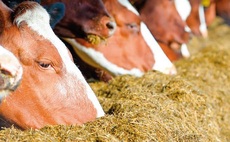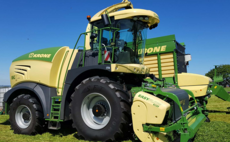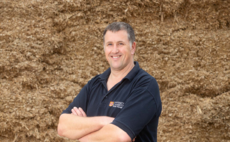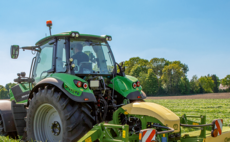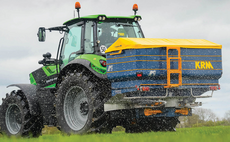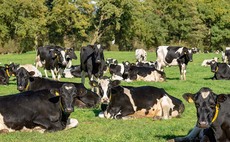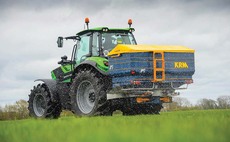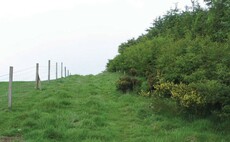Grassland
Livestock
Market forecasts show fertiliser prices are unlikely to drop any time soon as the perfect storm of high energy prices coupled with supply side issues mean stocks are tight and will remain so for the forthcoming season at least.
Livestock
Switching to precision slurry application techniques leads to reduced contamination and improved grass growth. Two farmers share their stories.
Livestock
As market analysts predict milk price rises into autumn 2022, dairy farmers who can maintain milk yields over this period will be in the best position to take advantage of this buoyant market.
Livestock
Soil compaction often goes unnoticed in grassland soils and yet it can have an adverse impact on productivity comparable to the effect in cultivated soils.
Livestock
Exploring all the options to increase milk from forage is yielding results on one Cambridgeshire dairy farm.
Livestock
Machinery which is set up correctly lasts longer and makes better silage. These simple steps enable tedders, rakes and mowers to work effectively.
Livestock
With the price of ammonium nitrate almost three times what it was this time last year, it is not surprising that many farmers are thinking hard about what they can do to mitigate this escalating input cost. And it is not just fertiliser prices which are rising.
Livestock
Findings from the grass monitoring project, GrassCheckGB, and updates on specific grassland research were discussed at a recent webinar. Angela Calvert and Katie Jones report.
Livestock
Against a backdrop of rising fertiliser prices, grassland farmers will need to look at how they can help mitigate against the impact on grass growth of applying less nitrogen. �������� Guardian reports.
Livestock
New fencing guidelines for Countryside Stewardship (CS) have been described as a ‘victory for common sense’ by English farmers.

 21 February 2022
•
3 min read
21 February 2022
•
3 min read
